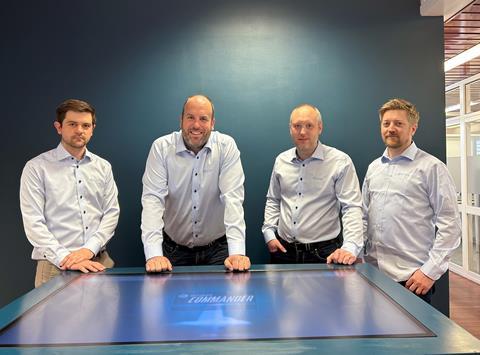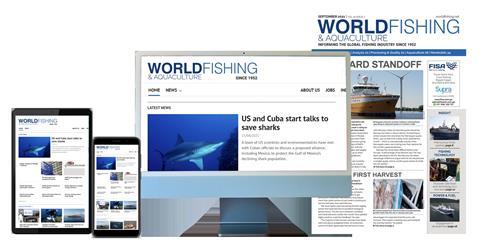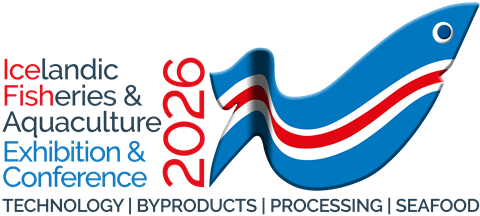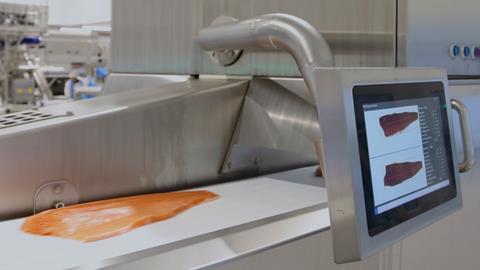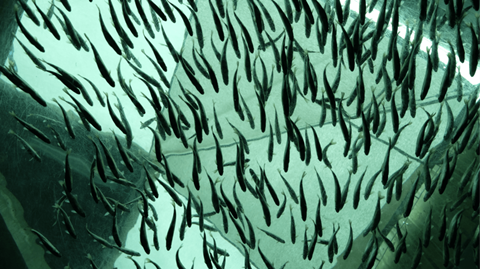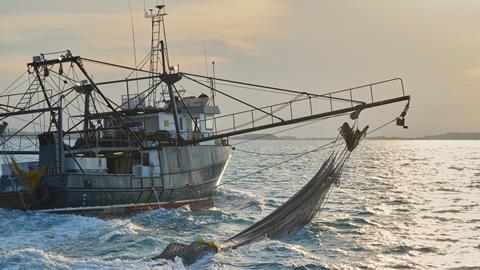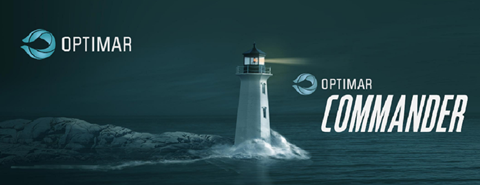The FangstID program is an initiative from the Norwegian Directorate of Fisheries.
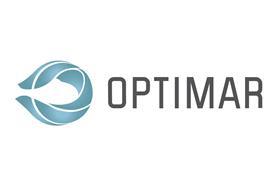
The program aims to automate the registration of catches using new technology, provide more accurate catch data to the factories, ensure automatic quota reconciliation, and improve data for marine research. Now they have chosen Optimar as one of three companies for a crucial phase of the program - identifying relevant technology.
FangstID will eventually result in a fully traceable and transparent value chain. Traceability doesn’t only benefit the increasing need for documentation. It also contributes to better utilization of our resources and fish welfare. Therefore, Optimar takes on this task with great respect.
”We are committed to the industry we provide equipment to, and wish for it to operate sustainably for many years to come. We need good quota regulations to make that a reality”, says R&D Project Manager Johan Espelun at Optimar.
Increased value for the fishermen
In their justification, the Norwegian Directorate of Fisheries mentions the close to 100% accuracy in species recognition for selected species as one of the reasons why Optimar was chosen.
”Species recognition is a technology we are familiar with. Over the past four years, we have worked extensively on this, and we already have products in our portfolio that sort pre-cut and gutted fish based on species”, explains Espelund.
The Norwegian Directorate of Fisheries also highlights the connection to Optimar’s software solution, Commander, and the increased value this platform will provide to the fishermen. This, in addition to solid expertise and knowledge of the industry, and solutions contributing to better fish welfare, makes Optimar one of three selected companies for phase two of the FangstID program. It means that Optimar is awarded 2,000,000 NOK for research and development services.
”It is a great honor to be chosen. It proves that our technology is competitive, and we are very much looking forward to further developing it”, says Espelund.
In phase two, developing a prototype will be a central part of the project. It will be built and internally tested before the next phase of the program.
”With the prototype ready and internal testing completed, the two companies with the best product will be selected for phase three. That’s when the prototype truly will be tested, on board a boat. It’s very exciting, and we will work hard to be a part of that phase”, concludes Johan Espelund.
